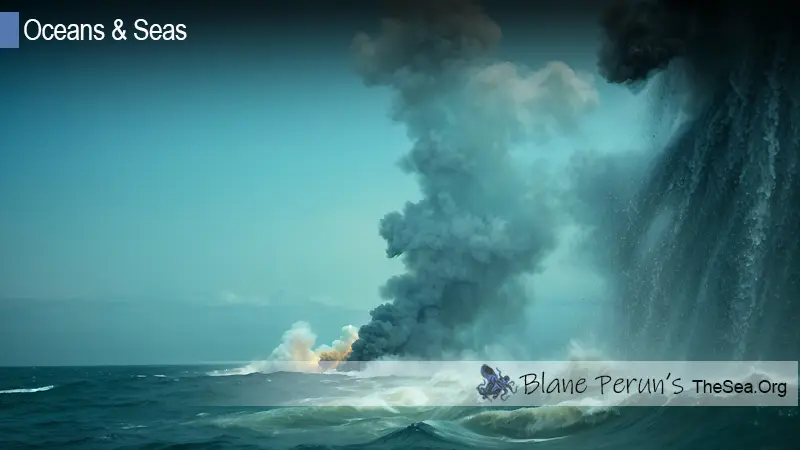Water at The Bottom of The Ocean is Incredibly Hot
The Mysteries of Oceanic Depths: Temperature Variations Unveiled
In the pursuit of understanding the planet’s uncharted territories, there is no place quite as enigmatic as the vast expanse of our oceans. Despite the advancements in modern technology, there are still numerous mysteries waiting to be unraveled in these watery depths. One of the most intriguing questions that beckon oceanographers is: How hot is the water at the bottom of the ocean?
The Strata of the Ocean: From Surface to Abyss
Before delving into the thermal properties, it’s essential to understand the layered structure of the ocean. The ocean’s depths are divided into various zones:
- Epipelagic Zone (Sunlight Zone): This extends from the surface to around 200 meters. It’s where the majority of marine life resides, bathed in sunlight.
- Mesopelagic Zone (Twilight Zone): Ranging from 200 to 1,000 meters, light becomes a rare commodity here, and temperatures start to decline.
- Bathypelagic Zone (Midnight Zone): Spanning from 1,000 to 4,000 meters, perpetual darkness reigns, and temperatures hover near freezing.
- Abyssopelagic Zone: This ranges from 4,000 meters to the ocean floor. The environment is pitch-black, near freezing, and has immense pressures.
Deciphering the Temperature of the Ocean’s Abyss
In the Abyssopelagic zone, which forms the majority of the deep ocean, temperatures are incredibly cold, averaging around 2°C to 4°C. However, these values can vary based on various factors.
The Role of Hydrothermal Vents
Dotted across the ocean floor, primarily along mid-ocean ridges, are hydrothermal vents. These are essentially underwater geysers, spewing out mineral-rich superheated water. This water can reach temperatures of up to 400°C. These vents play a significant role in localized heating and are home to a myriad of unique, heat-loving microorganisms.
Impact of Tectonic Movements
Tectonic plate movements can influence the temperature at the bottom of the ocean. Regions where tectonic plates diverge or converge might experience shifts in temperature due to underwater volcanic activities or the formation of new hydrothermal vents.




